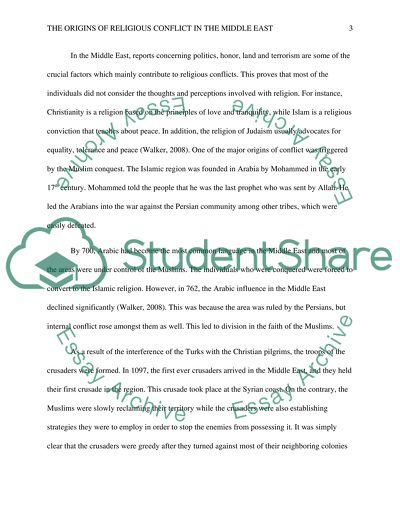Cite this document
(“The origins of religious conflict in the Middle East Term Paper”, n.d.)
Retrieved from https://studentshare.org/history/1600537-the-origins-of-religious-conflict-in-the-middle-east
Retrieved from https://studentshare.org/history/1600537-the-origins-of-religious-conflict-in-the-middle-east
(The Origins of Religious Conflict in the Middle East Term Paper)
https://studentshare.org/history/1600537-the-origins-of-religious-conflict-in-the-middle-east.
https://studentshare.org/history/1600537-the-origins-of-religious-conflict-in-the-middle-east.
“The Origins of Religious Conflict in the Middle East Term Paper”, n.d. https://studentshare.org/history/1600537-the-origins-of-religious-conflict-in-the-middle-east.


